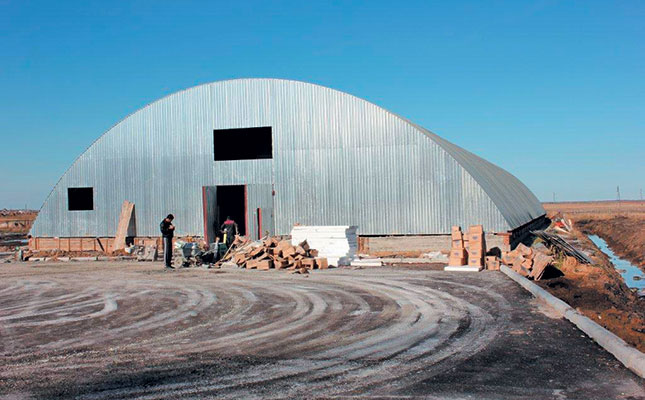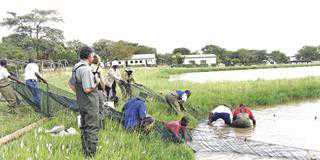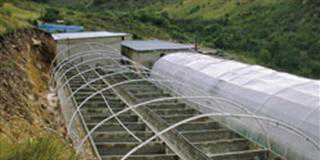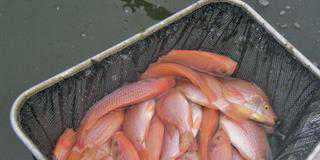
Photo: Nicholas James
Organisations, institutions and individuals that promote aquaculture often resort to spreadsheets, based on assumptions, to illustrate the viability of a particular system.
This ‘modelling’ is problematic, as assumptions are usually based on what has succeeded elsewhere. To be meaningful, these assumptions need to be based on an average of data gathered from a broad range of industry systems.
To take one example, data on stocking rates (kg/ m3 water) should reflect what has worked repeatedly under conditions similar to those expected in South Africa.
System design specifications should also recognise that sources for spares and back-up for life-support equipment on which the fish are totally dependent may not be the same as in Europe or the US.
For instance, while a hi-tech fish production system in the US may depend on an oxygen generator to keep its stock alive, is this the appropriate technology for an area where acquiring new parts may take several days?
It’s unlikely that intensively stocked fish will survive that long.
Sharing infrastructure: a sensible solution in SA
Most fish farms in South Africa, with the exception of high-investment projects, exist as diversifications of other agricultural or industrial enterprises, so sharing infrastructure makes economic sense.
Establishing a warm-water fish culture system on the Highveld during winter may seem ridiculous, but if it runs on a source of free heat, such as an industrial incinerator, it certainly isn’t.
Similarly, passing water through fish ponds prior to use for irrigation adds nutrients, saving on fertiliser costs.
Many stand-alone fish farm designs modelled on single-use infrastructure will look unappealing on a spread sheet, and those that do appear promising should be examined cautiously.
Are the assumptions based on data collected under conditions similar to those across Africa, or just on available research data? Is the data derived from examining profitable fish farms, or from a company selling a system?
Recently, a company advertised a system that it claimed could produce 18t of fish monthly from 2t of feed. This is simply impossible.
Modelling implies that there is a one-size-fits-all formula for success. This ignores the site-specificity of nearly all aquaculture projects, both freshwater and marine. Variables such as land aspect, water volume and quality, proximity to sources of supply and demand, and skills availability, can be make-or-break issues.
This is why the Aquaculture Development Zones – clustering fish farming projects in a single location – is such a bad idea. Not only does intensive livestock-rearing pose a high disease risk, but municipal services are notoriously unreliable and expensive, and shared infrastructure and skills from other farming enterprises are unavailable.
Whilst modelling, especially if used in persuasive promotional materials may identify some basic criteria for aquaculture development, it over-simplifies an industry still in its infancy.
This is more than likely to result in failed fish farms and lost investor confidence.










